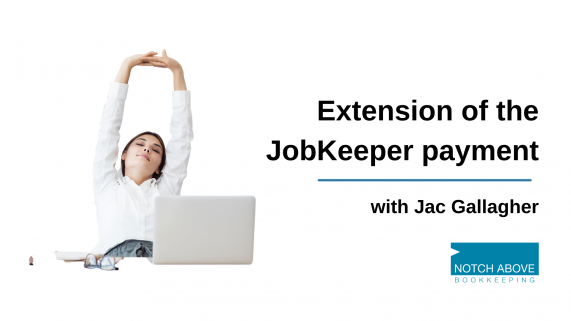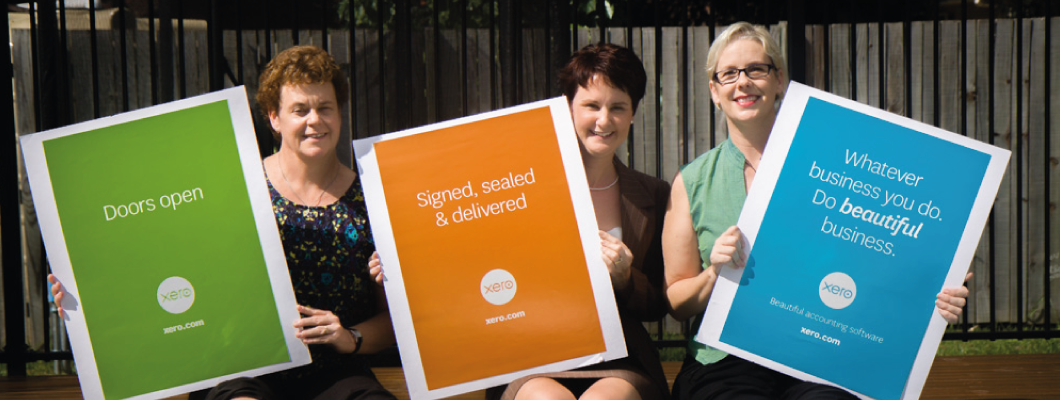Business health front and centre
Keeping health front of mind in every transaction will help make things more comfortable for your customers.
Thanks to the pandemic, health and hygiene are now front of mind for all of us.
We have become more aware of our own health, infection risks, and the precautions needed to protect ourselves and loved ones. Common sense behaviours, like staying home when unwell and frequent hand washing or sanitising are now everyday considerations.
Making it safe to do business
This focus on health and hygiene is here to stay. Your customers are likely to remain vigilant about potential sources of infection and will want to stay safe.
The new reality is a desire for a hyper-clean experience. For small business owners, this means customers will want to know that it’s safe to shop from you, and staff will want to know that it’s safe to work with you.
Taking healthcare in new directions
Beyond threshold issues of health and safety, we’ll also see a growing desire to spot the warning signs of illness, monitor our own health, and seek medical advice.
This means growing opportunities for small businesses to accelerate adaptation to emerging models of healthcare, including home testing, wearable self-monitoring health devices, and home-delivered medicines.
If your small business operates in the health and wellbeing sector, you’re in the driver’s seat to help us all adapt to the new world of healthcare. For others, it’s about keeping things clean, hygienic and safe for everyone who works and shops with you.
Consider your customer
Are your premises ultra-clean and super-safe for customers, and compliant with government health advice?
Do you need your customers to access your products and services differently to keep them healthy?
How can you help your customers take better care of their own health and adapt to new models
of healthcare?
Consider your business
Should you broaden your view of occupational health and safety to include more ventilation, hand-washing stations, or barriers for the protection of staff
and customers?
How will you monitor the way people adhere to new health and hygiene requirements?
How will you check the health of your own staff and ensure they’re okay?
Tips
- Regularly track your compliance with government health regulations.
- Review the frequency and rigour of the cleaning services for your premises.
- Encourage the use of sick leave for your staff. No more ‘soldiering on’ if unwell!
- Streamline transactions to reduce unnecessary waiting times and contact points.
- Clearly communicate the steps you’ve taken to keep staff and customers healthy and safe.
Notch Above Bookkeeping is a team of Platinum Certified Xero bookkeepers and BAS Agents. Based in Brisbane we help small business clients right across Australia prepare their BAS returns and streamline their bookkeeping processes, payroll and accounting records. Call us to find out how on 1300 015 130 today.
Source: Xero





 2020. Notch Above Bookkeeping
2020. Notch Above Bookkeeping
 2020 Notch Above Bookkeeping
2020 Notch Above Bookkeeping